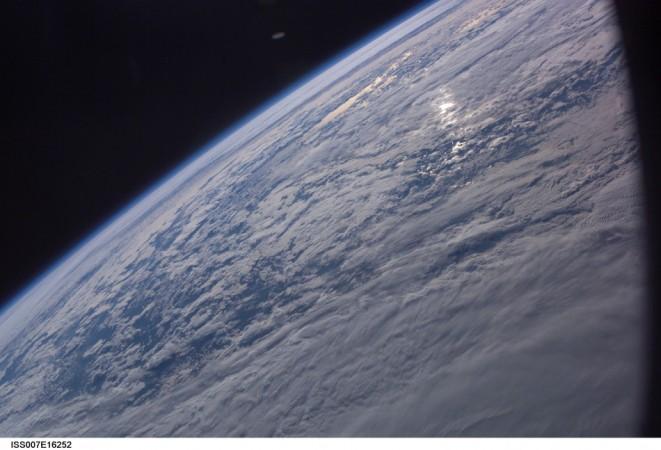
NASA's Cassini spacecraft is all set to take a picture of Earth from a distance of about 1.44 billion kilometres (898 million miles) in the orbit of Saturn, on 19/20 July.
On 19/20 July, Cassini will get an unusual opportunity to take an image of entire Saturn as it will be backlit by the sun. With Saturn protecting Cassini from the sun's glare, a camera aboard the spacecraft will take photos of the planet as well as catch a glimpse of our Earth, which will be visible as a tiny blue dot between the rings of Saturn in the image. The photo session will start at 2.57 am (IST) on Saturday and the pictures will be taken for about 15 minutes.
This is not the first time that Cassini is taking images of Earth from a longer distance. The spacecraft has taken photos of Earth earlier, but in a first, this time's photo session is a pre-arranged one, wherein Earth's residents have been provided with the timings when Cassini will take an image of Earth. [To check out the starting time of the photo session around the globe, click here]
Earth will be part of a mosaic, or multi-image portrait taken by Cassini. Unlike its previous photo sessions, Cassini will capture the Saturn system with Earth in natural colour, as seen by human eyes. It will also take a snap of the Earth's moon using high-resolution camera.
"While Earth will be only about a pixel in size from Cassini's vantage point 898 million (1.44 billion kilometres) away, the team is looking forward to giving the world a chance to see what their home looks like from Saturn," Linda Spilker, Cassini project scientist at NASA's Jet Propulsion Laboratory (JPL) in Pasadena, Calif., said in a statement.
Interestingly, Saturn is visible through the naked eye these days. Earthlings are encouraged to participate in the photo session by waving in the direction of Saturn. However, the images of humans waving at Saturn will not be seen in the mosaic.
NASA has released some charts so that one will know where to look for Saturn and Earth on 19/20 July. [To look at the chart, click here]

















